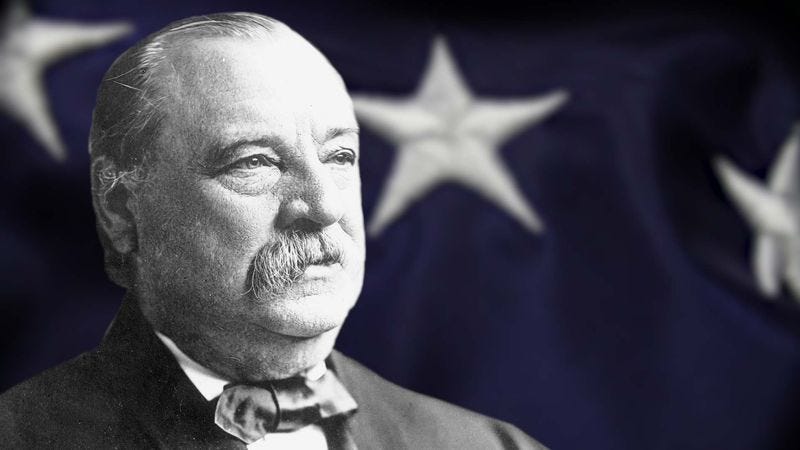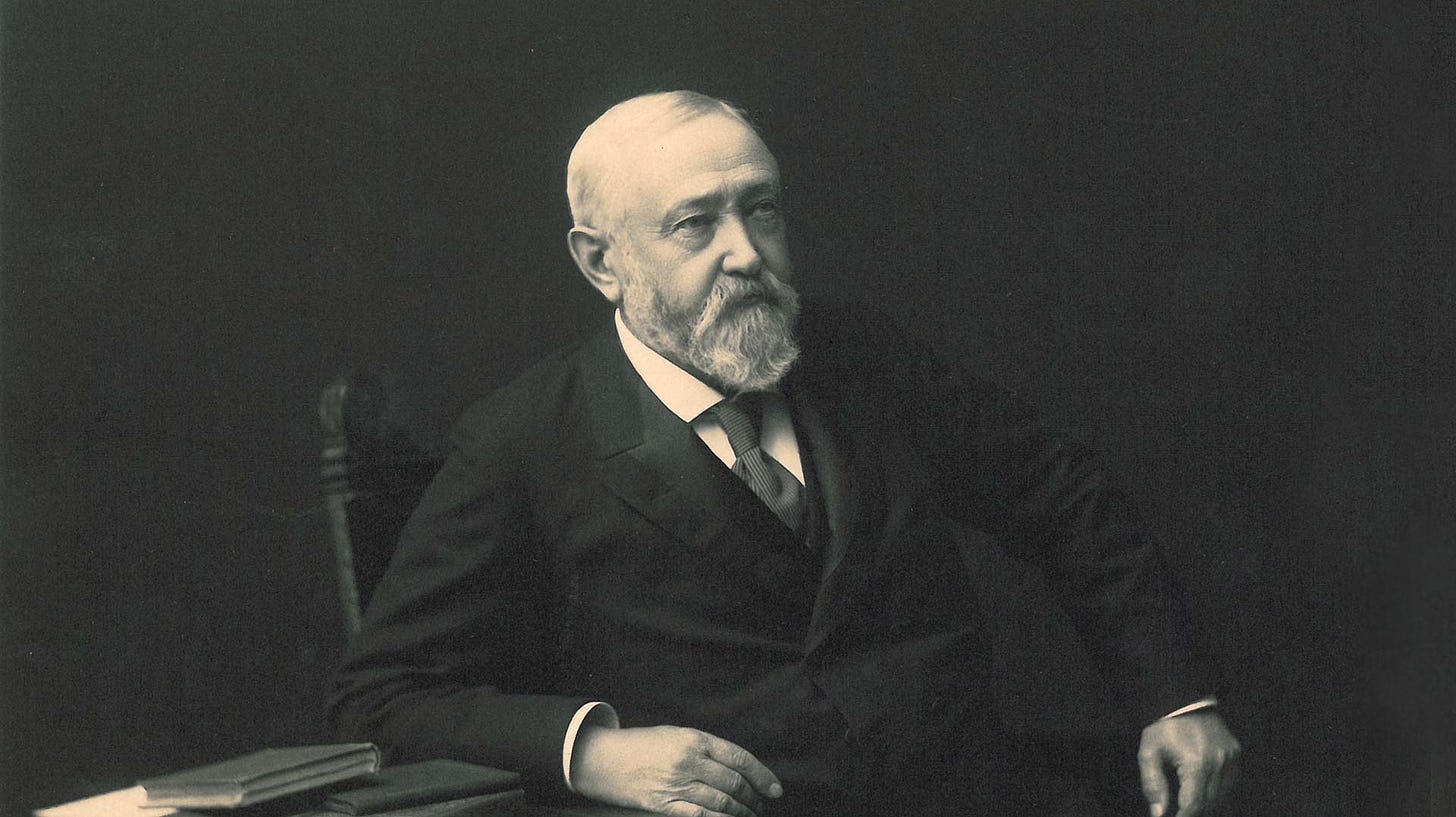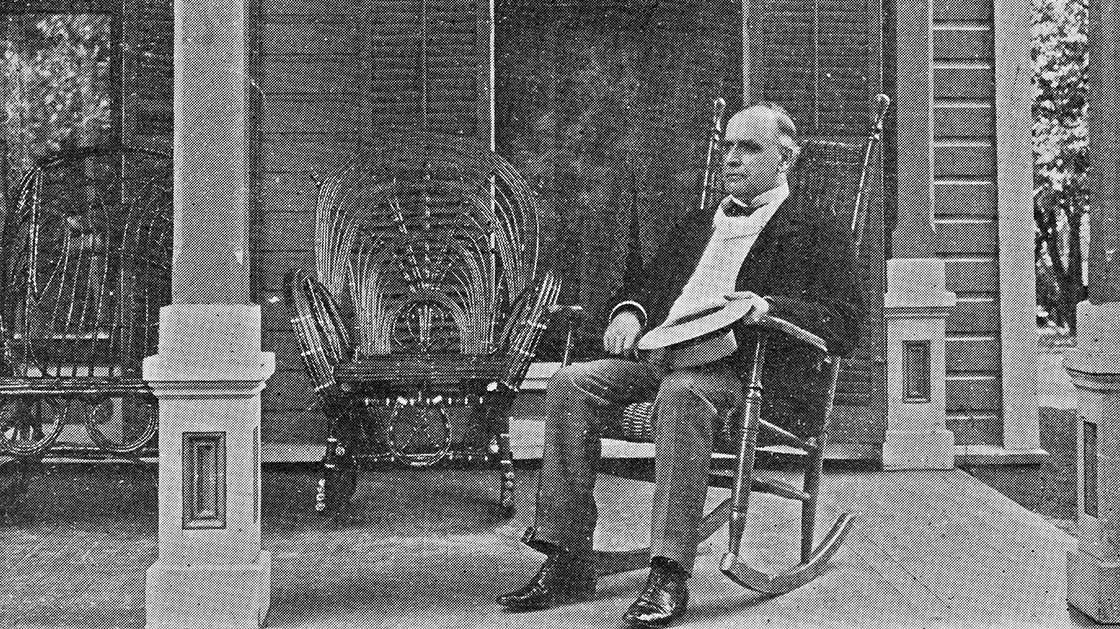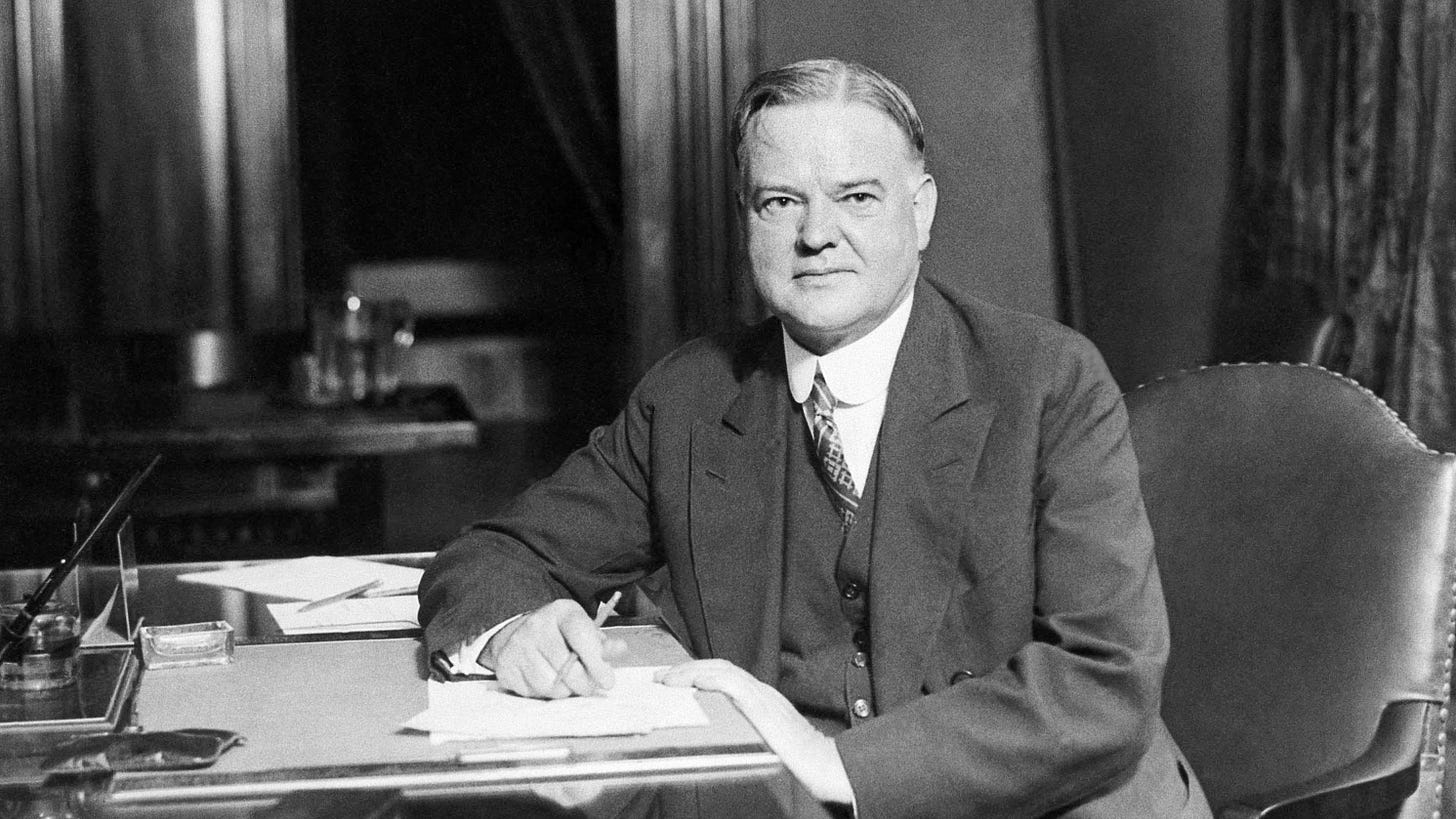Trump and Cleveland: Then, Now, and Future, and Another Chapter of Insanity
Topic: Perspective
All longtime readers of this journal likely recognize that I share my father’s love of American and world history. History tells us more about the future than we realize and helps us understand human nature better than any articles, advertisements, or Johnny-come-lately TikTok influencers can. It gives us keys to success and recipes for failure, as well as blueprints for what must be done in future situations to increase the likelihood of our own survival as a people.
In these pages, I have compared Donald Trump to Andrew Jackson, James K. Polk, and Ulysses S. Grant, all former presidents who resemble Trump (Jackson) as an outsider unwelcome in a system of elites, or who offer guidance on what a potential second term must be if it is to be successful (Polk and Grant). Still, there is one former president offering a glimpse of the future Trump I have rarely discussed in these pages, though his name comes out every time I present at a public event:
Grover Cleveland - 22nd and 24th President of the United States, Democrat from New York
Cleveland is a run-of-the-mill president in the historical sense, neither excellent nor among the worst to hold the office. What he is most well-known for is a feat Trump and his supporters hope to see replicated this fall. Cleveland is the only man to serve two non-consecutive terms as president (which is why, despite Biden being the 46th president, there have been just 45 different men to hold that office). He served from 1885 to 1889, and after being defeated in the Electoral College (Cleveland won a plurality of the popular vote) in 1888, knocked Benjamin Harrison off in a rematch in 1892, completing his duty from 1893-1897 before giving way to William McKinley, a Republican.
Frances Cleveland, Grover’s wife, made one of history's most accurate predictions the day Harrison was inaugurated, speaking to a White House employee:
"Now, Jerry, I want you to take good care of all the furniture and ornaments in the house, for I want to find everything just as it is now, when we come back again."
When asked when she would return, she responded, "We are coming back four years from today."
There is another great similarity between Trump and Cleveland, and one that, in my opinion, casts more doubt on the outcome of the 2020 election than any other factoid or statistical indicator.
Trump became the first incumbent president to gain votes and “lose” since Grover Cleveland did so in 1888.
Go ahead and sift through the data yourself. When incumbent presidents gain, they win. In fact, Franklin Roosevelt (twice) and Barack Obama managed to lose votes and win thanks to the weakness of their opposition. I cite that incumbent vote gain statistic every time I present my data sets, which means hundreds of times over the past three years. I had left it at that since discovering this little fact, that 120 years of incumbents have won while gaining until the incumbent gained over 11 million net new votes and lost to someone who didn’t campaign.
Last week, I went trifling through the data to gain even greater clarity, and what I’m going to dump here is complex, but stunning.
Elected Incumbents Standing for Reelection since 1892
Harrison, 1892 (loss)
McKinley, 1900 (win)
Taft, 1912 (loss)
Wilson, 1916 (win)
Hoover, 1932 (loss)
F. Roosevelt, 1936 (win)
F. Roosevelt, 1940 (win)
F. Roosevelt, 1944 (win)
Eisenhower, 1956 (win)
Nixon, 1972 (win)
Carter, 1980 (loss)
Reagan, 1984 (win)
G.H.W. Bush, 1992 (loss)
Clinton, 1996 (win)
G.W. Bush, 2004 (win)
Obama, 2012 (win)
That makes 16 previously elected presidents (rules out T. Roosevelt, Coolidge, Truman, L. Johnson, Ford, all Vice Presidents who ran to be elected to a second term without having first been elected) who stood for reelection since 1892, with 11 successful (excluding 2020 results).
For the next step, I exclude from analysis all campaigns that were disrupted by any run by a third-party campaign receiving more than 10% of the vote during any of the incumbent’s elections. This is done so I can have a clear view on how states performed without skew from third party candidates coming into the race, or leaving it (for instance, Wilson gained votes in 1916 in all 13 states he won in 1912, but lost back that year, because he had nowhere to go but up once Theodore Roosevelt left the ticket). This removes:
Taft, 1912 (due to Roosevelt splitting the ticket that year)
Wilson, 1916 (due to Roosevelt having split the ticket in the previous election)
Nixon, 1972 (due to Wallace having split the ticket in the previous election)
G.H.W. Bush, 1992 (due to Perot splitting the ticket that year)
Clinton, 1996 (due to Perot having split the ticket in the previous election)
For the next step, now that I have clean data for two-man races to analyze, I will remove the following campaigns, which didn’t lose any of their previously won states in reelection.
Roosevelt, 1936 (held all)
Reagan, 1984 (held all)
This leaves us with nine traditional two-man reelection campaigns since 1892 that lost at least one state they had carried in the previous election.
Campaign 1 - Harrison 1892
Lost carried state from previous election while losing votes:
Colorado, Kansas, Indiana, Nevada, New York, Wisconsin
Lost carried state from previous election while gaining votes:
Illinois, +28,813 (7.8%) over 1892
Harrison loses votes in 6 of 7 previously carried states lost in reelection. Harrison loses reelection to Grover Cleveland.
Campaign 2 - McKinley 1900
Lost carried state from previous election while gaining votes:
Kentucky, +8,961 (4.1%) over 1896
McKinley makes minimal gains in the one previously carried state he loses to William Jennings Bryan in a successful reelection campaign.
Campaign 3 - Hoover 1932
Lost carried state from previous election while losing votes:
Arizona, California, Colorado, Florida, Idaho, Illinois, Indiana, Iowa, Kansas, Kentucky, Maryland, Michigan, Minnesota, Missouri, Montana, Nebraska, Nevada, New Jersey, New Mexico, New York, North Carolina, North Dakota, Ohio, Oklahoma, Oregon, South Dakota, Tennessee, Texas, Utah, Virginia, Washington, West Virginia, Wisconsin, Wyoming
Hoover loses votes in all 34 previously carried states lost in reelection in a wipeout loss to Franklin D. Roosevelt in the middle of the Great Depression, which was widely blamed on Hoover.
Campaign 4 - Roosevelt 1940
Keep reading with a 7-day free trial
Subscribe to Captain K's Corner to keep reading this post and get 7 days of free access to the full post archives.







